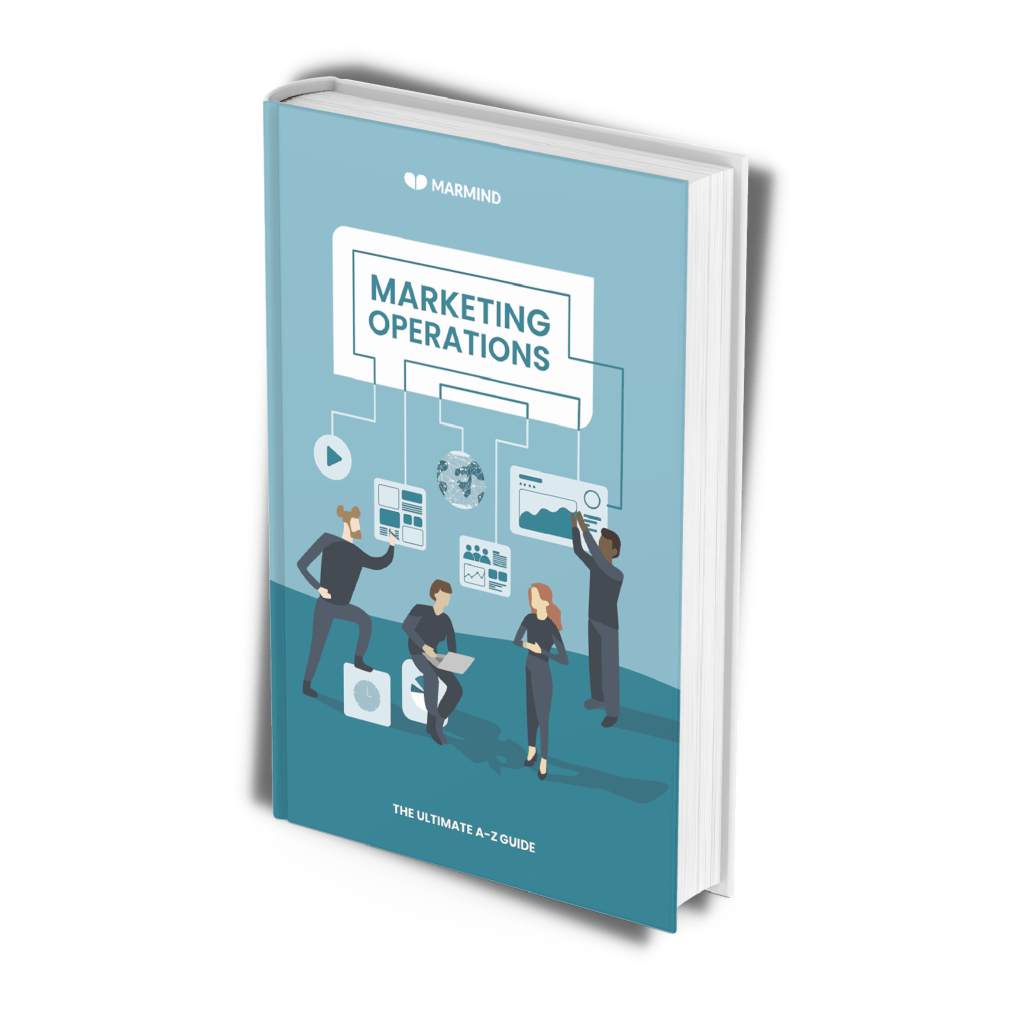Guerrilla marketing, sports sponsorship, content marketing. For over 30 years, Red Bull has been setting numerous milestones in marketing and branding and has become a blueprint for start-ups eager for marketing success. Why add another to the many articles that are already in circulation about Austria’s most famous brand? Rather than reproducing the usual details of the marketing genius that has made Red Bull one of the world’s most recognizable brands, we wanted to take a look at universal principles that give wings not only to the energy drink maker but also to any startup that wants to rise to the top.
Red Bull founder Dietrich Mateschitz already had career experience as a sales and marketing manager for coffee and toothpaste companies under his belt, when on a business trip to Thailand he discovered an energy drink called Krating Daeng. In 1984 he founded the Red Bull GmbH together with his Thai partners Chaleo and Chalerm Yoovidhya. After three years of adapting the drink’s taste and working in particular on a strong marketing concept, an unknown product landed in a saturated market. And took off first in Austria, then in Europe, 10 years later in the US and now globally.
The combination of low-cost, innovative guerilla marketing in the beginning, then pumping ever more money into branding and sponsoring, was a revolution in the marketing world of mass media. Since then, free samples, referral marketing, the creation of a branding content world and sponsorship have become a blueprint for marketing strategies and have been written about in countless articles. But Red Bull’s outstanding success builds on five universal pillars that, aside from ground-breaking marketing, contributed to their success. This is what we want to look at.
Innovation: Something old, something new
Red Bull did not arrive out of the blue in 1987 – the canned, non-carbonated energy drink was invented by Thai businessman Chaleo Yoovidhyah, who sold it across his home country under the name Krating Daeng (translation: red bull). But Dietrich Mateschitz, who was on a business trip and, according to legend, overcame his jet lag with Krating Daeng, recognized the potential of the product. He and Yoovidhyah agreed to adapt it and make it successful in Europe.
Mateschitz’ talent for giving a new twist to the familiar has proven to be key to the company ever since. In marketing, Red Bull also used proven tools (product samples, classic ads and media), but combined old hats with innovative feathers, such as, for example, product samplings at cool events. Also when sponsoring extreme sports and other experiences that their young target group identifies with, Red Bull always combines the familiar with the new.

New Ebook
Marketing Operations: The Ultimate A-Z Guide
Marketing Operations (MOps) is still in its infancy. That’s primarily due to every company being different, and there isn’t a standard structure that can be applied to every marketing model.
So, we’ve put together this short guide to illuminate what MOps is and how it should work in your company.
Instinct: Listen to all concerns, then follow your gut
Innovation all too often encounters resistance. When preparing for the launch of Red Bull, Mateschitz’ plans were received by a chorus of critical voices. The results of the market research he commissioned were not encouraging: Red Bull would fail, Red Bull was too unhealthy, both logo and brand name fell down. The recommendation – do not introduce.
But Dietrich Mateschitz decided to listen to his instinct and continued to pursue his vision for Red Bull, and we all know what happened next. As important as data, facts and preliminary studies are, if your gut feeling tells you to press on, it is often worth keeping the course against all odds. After all, consumers usually listen to their guts when making a buying decision too.
Patience: Think long-term
Starting with adapting the original Red Bull drink, to doing the launch marketing or developing the brand – Red Bull has committed itself to long-term success right from the beginning. For example, they spent three years preparing the product for Western palates and refining their marketing strategy before introducing Red Bull to the Austrian market.
Despite being a runaway success, Red Bull only gradually expanded into surrounding countries. When they finally ventured into the US, the company had already been successful in Europe for 10 years. In contrast to the investor-driven rapid expansion of tech companies, Red Bull took its time growing, taking one step at a time. The same goes for building and maintaining the brand, or in the case of Red Bull – a whole branding world.
Emotions: Stick to the bigger picture
Through their marketing, Red Bull has always signaled that it was more than an energy drink. If you look at their official communication channels, the word drink is mentioned absolutely nowhere. Instead, the logo with the two charging red bulls is omnipresent when it comes to events around extreme sports, adrenaline, energy, adventure, in short – anything outstanding.
From Felix Baumgartner’s attention-grabbing “Stratos” jump to globally held cliff jump events, from soccer to Formula 1, you can be sure to find Red Bull there. Selling cans of a drink is never the outspoken goal (in the end, of course, it is) – it is about communicating a sense of life that encompasses the target audience and is inseparably associated in the head with Red Bull. The message: you want to achieve a lot, you are innovative and energetic – and we push you further.
Consistency: Stay true to your brand’s core
Interestingly, Red Bull invests far less in the expansion of its product than in its brand, spending around 40% of its revenue on marketing efforts. Apart from a few short-lived experiments with other drinks and a few ”flavors of the month“, the core product is still the same energy drink it always was.
From movies to publishing, restaurant or sponsorship of sports and music. As diverse as the areas in which Red Bull has been involved – all of the messages keep hammering home the same brand. So chances are pretty good that Red Bull will remain one of the world’s top brands.
Take Aways from Red Bull: Our Marmind Top Tips
Combine the familiar with the new – Not every wheel needs to be reinvented. Adding a new aspect can be enough.
Listen to your instinct – you firmly believe in your product? Then keep going, no matter what the odds.
Sell a feeling, not a product – it will anchor in the minds of the target group much deeper.
This article is based on the following sources:
https://www.inc.com/hillel-fuld/3-marketing-lessons-tech-ceos-must-learn-from-red-bull.html
https://www.fastcompany.com/64658/its-red-bull-market-after-all

